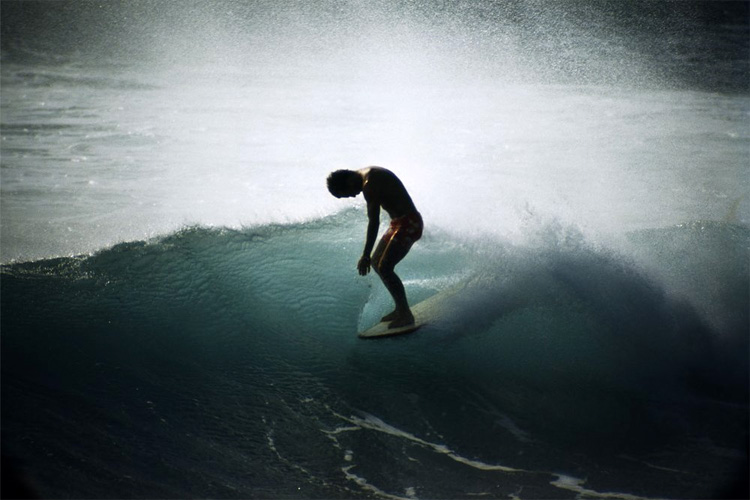Surf photographers transform surfing into an eternal and mystic water sport. Whether it's the beauty of the wave, the breathtaking aerial move, or the surfers' expression, water photography is always special.
Anyone can become a surf photographer, but it takes time, experience, and money to build a name for yourself.
The world's best and most successful surf photographers took several decades to build a career and a name in the industry.
Then, there's the equipment - lenses, cameras, filters, waterproof cases, tripods, etc.
Today, there are hundreds of photo banks, photo agencies, magazines, newspapers, and online websites willing to buy surf shots, but 20 years ago, it was quite different.
LeRoy Grannis, the father and icon of modern surf photography, started his long career in the 1960s and quickly became the sport's most important historian. Grannis captured everything with the feeling of what surfing was and is.
Clark Little is the son of a Californian surf photographer. He was born in Napa and rapidly started to photograph surfing through spectacular angles. His work is deeply appreciated and shown in several world galleries.
Don James was one of the first surfers and surf photographers in California. He published a paramount book in the history of surfing: "Prewar Surfing."
Jack McCoy is considered one of the most important surf filmmakers of all time, but his interest in surf photography has produced impressive results. McCoy has been exploring Planet Earth's most exotic and exciting waters for more than three decades. He has developed his own technique and equipment to deliver unbelievable images.
Jeff Divine has always been a critic of surfing's ultra-commercial path. He is one of the first surf photographers and has been a constant name in specialized magazines. Divine's gallery is immense and deeply rich.
John Severson is the inventor of the modern surf magazine. He kicked off "The Surfer" and hired Ron Stoner as a surf photographer. Later, Stoner entered the world of LSD until being diagnosed with schizophrenia.
Aaron Chang is a world-renowned photographer. His work has thousands of fans and followers. Chang has over 100 magazine covers to his credit and has an open gallery in Solana Beach, California.
Tim McKenna, from Australia, enjoys capturing waves from the water and helicopters. He has been traveling the world for 20 years, and his surf photos are everywhere.
Ron Church was born in Denver in 1934. His vast knowledge of underwater photography and marine life is quite impressive. For three years, Ron Church was the only American photographer on Cousteau's Calypso diving team. He lived 39 years and left a vital legacy for all surfers.
Ron Perrot was a respected surf photographer of the early 1960s in Sydney. Back in that time, he was already traveling a lot, for example, to the Seychelles Islands.
The Australian surfing history is not complete without a reference to Bob Weeks, a 1950s photographer and one of the pioneers of capturing the essence of wave riding.
John Witzig, a surf writer and photographer, paved the way for many important magazines in Australia. He is considered the voice of the Australian surf culture of the mid-1960s.
Art Brewer spent four decades documenting and shaping surf culture around the globe, and his photography has hit the finest magazines and galleries.
Ricardo Bravo belongs to the youngest generation of surf photographers. The Portuguese photojournalist has been building a solid and quality career in the European market. Bravo has the touch and feel of the pioneers.
Learn how to become an accomplished surf photographer.
